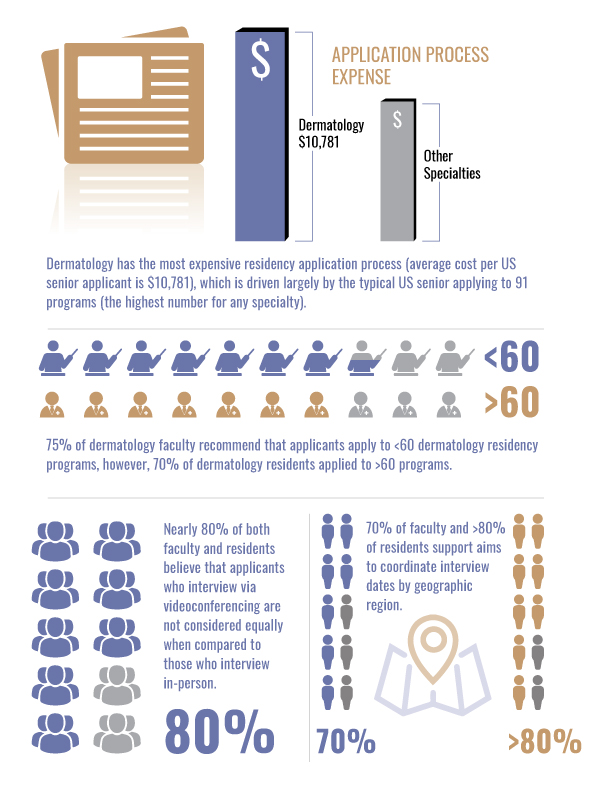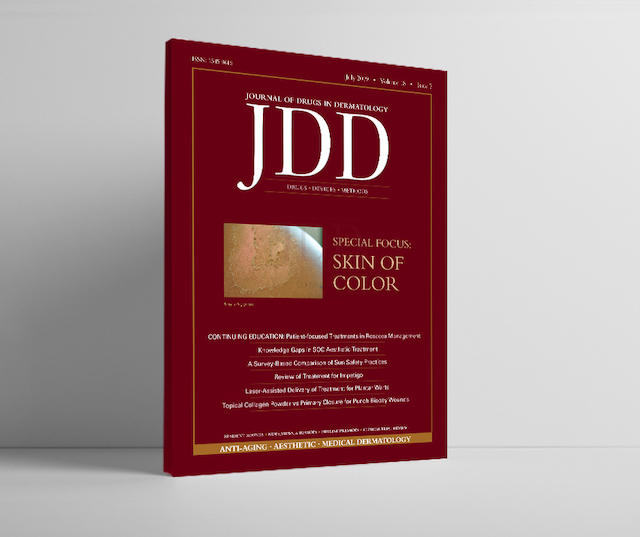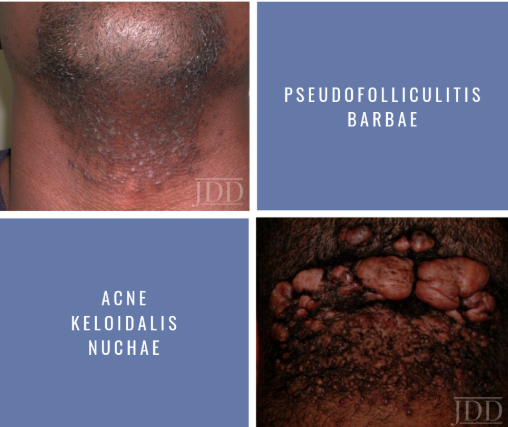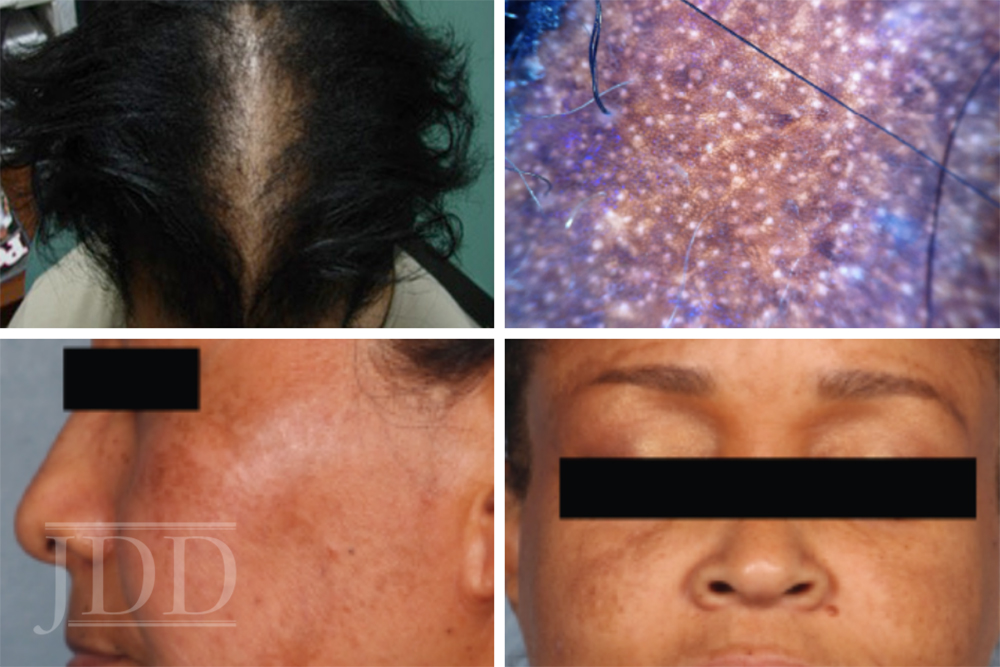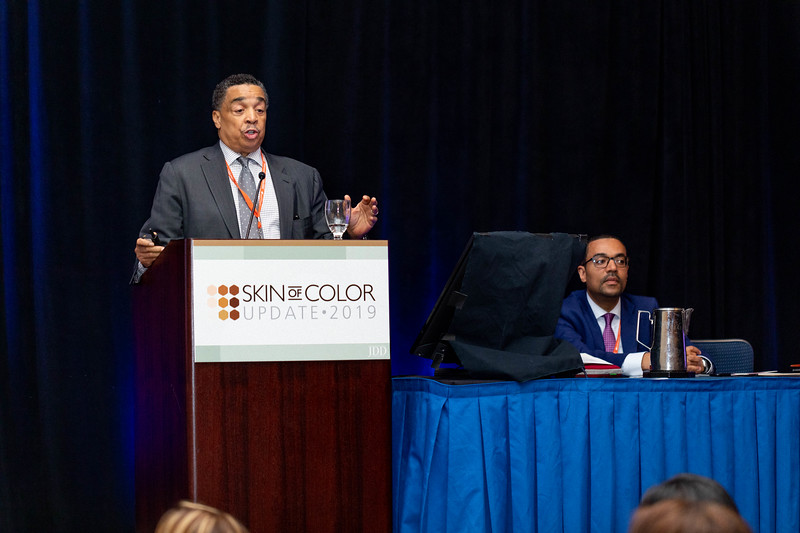
We recently hosted an expert panel discussion on the topic of skin lightening in skin of color at the 2019 Skin of Color Update. Skin of Color Update co-chair and co-founder, Eliot F. Battle, MD took an informal audience poll and the results will surprise you.
“How many of you think total body skin whitening is wrong?” Dr. Battle asked the audience for a show of hands. The majority of the audience raised their hand.
“How many think breast augmentation is wrong?” he asked. “How many think changing your hair color is wrong? Before we cast judgment, let’s think a little about how our patients feel.”
Should physicians provide total body skin whitening for cosmetic purposes or should skin lightening be provided only for clinical indications, like melasma?
Dr. Pearl Grimes and Dr. Cheryl Burgess weighed in on this charged topic to provide compelling commentary. Read their insights and more here. Coverage provided by MDedge |Dermatology.
Purchase Skin of Color On-Demand Below



